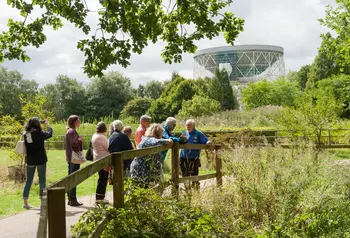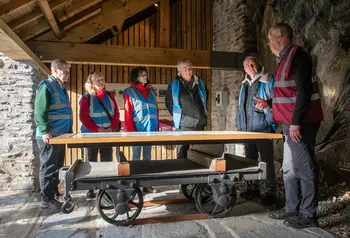80 years of UNESCO: how our funding protects globally important heritage sites
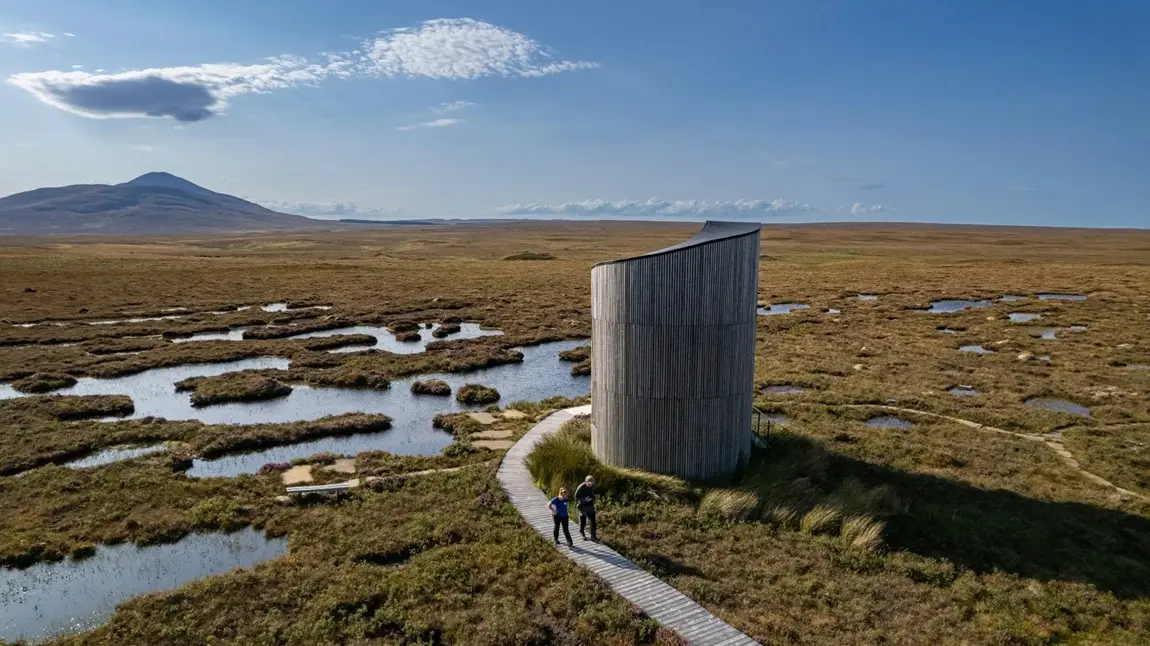
This month marks 80 years since the foundation of UNESCO, a United Nations agency dedicated to the promotion and celebration of education, science, communication and culture worldwide, including our shared heritage.
In the UK, we have 30 UNESCO World Heritage Sites, seven Biospheres and 10 Geoparks – internationally recognised designations that protect a wide variety of historic wonders that are natural, manmade and intangible.
To celebrate the anniversary, we’re reflecting on how our funding is helping safeguard this most treasured heritage. Since our own foundation in 1994, we’ve invested in 3,839 UNESCO site projects, from telling the stories of our industrial past to restoring habitats crucial in tackling the climate crisis.
Preserving a heartland of Welsh industry
The North West Wales Slate Landscape was a booming centre of mining and craft from the 18th century onwards. Today it is a protected UNESCO World Heritage Site, one of four across Wales, from Caernarfon in the north to Blaenavon in the south.

Our £12million grant is supporting the National Slate Museum in Llanberis to redevelop its workshops, create new learning spaces, improve accessibility and develop engaging exhibitions about how slate from North Wales ‘roofed the world’. Our funding for the nearby Ffestiniog Railway has also transformed the world’s oldest continuously operating railway engineering works into a hub for heritage skills and volunteering opportunities.
Fountains and factories in Yorkshire
On the banks of the River Skell, the ruins of 12th-century Fountains Abbey sit at the heart of the Studley Royal Park UNESCO World Heritage Site, a beautiful 18th century designed landscape. We supported the Skell Valley Project to restore the river’s habitats and improve its long-term management. The project brought together local partners, landowners, farmers and volunteer groups to prevent the flood-prone river from posing a risk to the Abbey, the landscape and local wildlife.

Thirty miles to the south, on the outskirts of Bradford, Saltaire is a remarkable survivor of Yorkshire’s textile industry. A model town built in 1851 and chosen as a UNESCO site in 2001, it continues to evolve. In 2024, the Peace Museum moved its unique collection from Bradford to Saltaire with the support of our £245,000 grant.
Welcoming the world to the Causeway Coast
Awarded UNESCO status back in 1986, the Giant’s Causeway is famous around the world for its 40,000 black basalt columns along the coast of Northern Ireland.
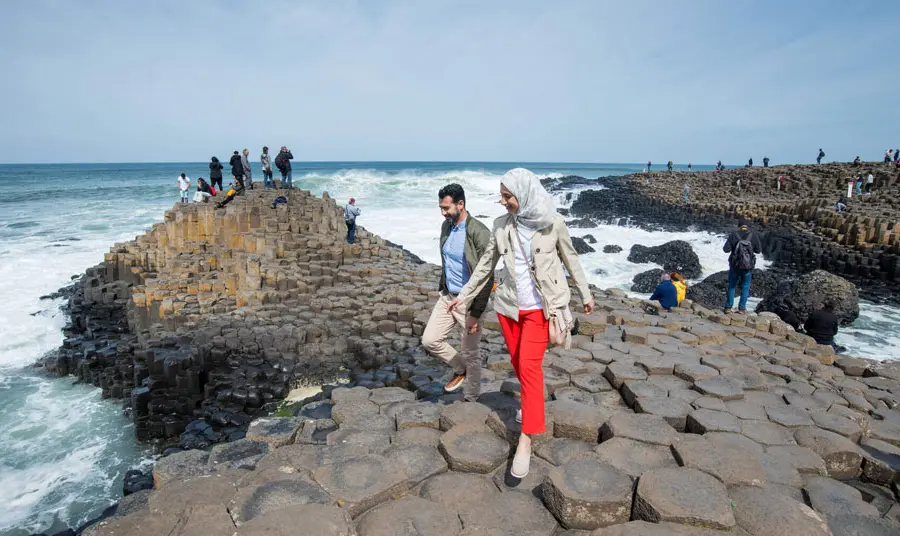
In 2008, we awarded £3m towards the development of a new visitor centre designed to complement the iconic landscape. Our funding also supported the creation of new walking trails and activity programming. The visitor centre opened in 2012 and welcomes as many as 700,000 people each year.
Protecting Scotland’s Flow Country
In 2024, a region of the far north of mainland Scotland became the UK’s newest UNESCO World Heritage Site. Flow Country is home to the largest and most intact area of blanket bog in the world. This rare habitat supports a diverse range of wildlife and can help deepen our knowledge about how bogs can hold carbon and mitigate the climate emergency.
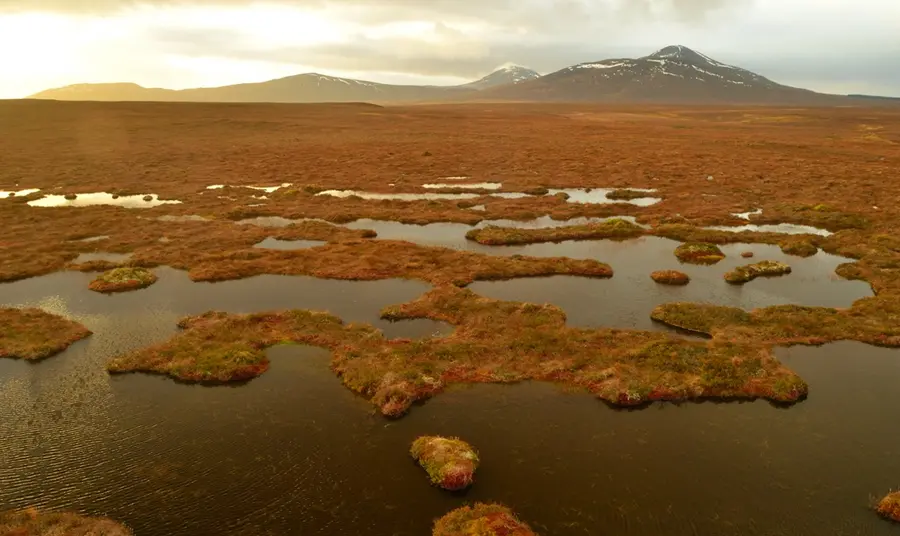
We awarded £4m to the Peatland Partnership’s Flow to the Future project. The partnership has restored the landscape while sharing a travelling exhibition and online resources with nature enthusiasts, helping them learn about the area’s biodiversity and climate impact.
A star attraction at Jodrell Bank
A pioneering hub for the development and evolution of radio astronomy, Jodrell Bank was chosen as a UNESCO World Heritage Site in 2019. Founded in 1945, the Cheshire site, south of Manchester, is the earliest radio astronomy observatory in the world still in existence.

Since 2015, we’ve invested £12.2m in the development and delivery of a new discovery centre. First Light at Jodrell Bank opened in 2022 and is home to a permanent interactive exhibition and a planetarium. It has brought to life both the site’s history and the science of exploring the universe using radio waves, explaining for visitors how this remarkable place has contributed to our understanding of the universe.
Inspired to start exploring the UK's globally recognised heritage? Check out an illustrated map of all the UK's UNESCO World Heritage Sites, Creative Cities, Geoparks and Biospheres, created with Heritage Fund support.
